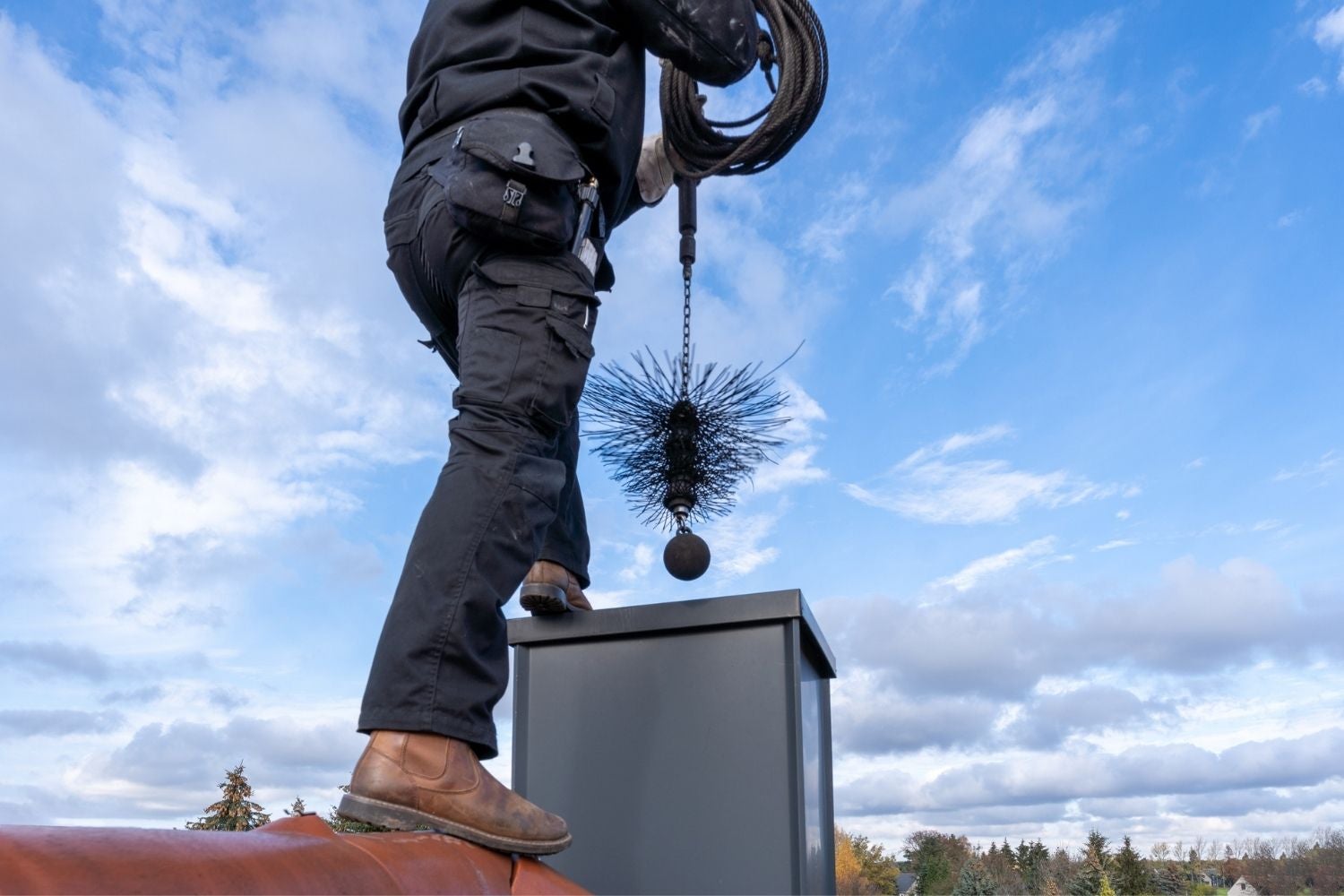Signs Your Chimney Needs Repair – A Comprehensive Guide

If you see water marks on your walls or ceiling near the fireplace, it’s a clear sign that the chimney needs repairs. Chimneys that leak introduce moisture into the home and cause serious damage. If left unattended, moisture can rot the wood framing and lead to other serious problems.
Rust is another clear sign that the chimney has been exposed to too much moisture. This deterioration can lead to premature deterioration and a fire hazard.
Here are some best chimney repair companies you need to know.
1. Watermarks on the Walls or Ceiling
Water damage is a serious problem for any chimney. It can cause clogs, lead to animal infestations and impact interior air quality. It can also make your chimney weak and more susceptible to cracks, crumbling and other damage. It’s a good idea to get your chimney inspected any time you see water stains on the ceiling around it.
These stains indicate that your chimney is leaky. You should contact a chimney professional to look for and repair the leaks before they get worse. The sooner you catch these chimney leaks, the less damage they’ll cause to your walls, ceiling and insulation. Chimney professionals can even help you identify and repair the source of the leaks so that they don’t recur in the future. Another common sign of leaks is white staining on the masonry.
2. Leaks
When you notice water leaking into your chimney, it’s important to get this issue addressed right away. This is because it may indicate that the flashing, shingles or other roof elements are damaged. If left untreated, this leaky situation can lead to serious water damage and even structural problems for the home.
You should also check for signs of rust on the metal elements within your chimney. Rust is a clear sign that the metal has sustained moisture damage. This damage can lead to fires or other safety issues, so it should be repaired immediately. In addition, you should inspect the mortar joints for damage. If these are deteriorating, they should be repaired through a process called tuckpointing. This will improve the appearance of your chimney and prevent future moisture damage.
3. Rust
Rust is a natural process but it can cause major problems for your chimney and home. Chimney rust is usually a sign that your flue lining is damaged and it requires a professional chimney technician to replace it.
When a chimney starts to rust it exposes the metal components to oxygen and moisture which causes oxidation. This can lead to a number of different issues including water infiltration, flue deterioration and brick spalling.
It is important to check for rust both on the outside of your chimney and inside of the firebox and damper. If left unattended rust can quickly lead to serious damage. To avoid this, it is recommended that homeowners schedule a regular yearly chimney inspection. A chimney technician can inspect the roof, chimney cap, flashing and damper for signs of rust.
4. Efflorescence
When you see a white, powdery substance on the exterior of your chimney, it’s called efflorescence. While this can sometimes be a cosmetic issue, it’s usually a sign of moisture in your chimney structure.
Efflorescence is the result of water and salts moving through brick and other types of masonry, and then evaporating on the exterior. The resulting salt residue takes on a fluffy or fuzzy appearance over time.
There are several conditions that must be present in order for efflorescence to develop. These conditions include:
5. Cracks
Many homeowners take their chimney for granted, assuming it’s a worry-free part of the house that works without incident. However, a damaged chimney can quickly become dangerous and should be repaired before it’s too late.
A common sign that a chimney needs repair is cracking of the masonry structure. This can happen due to a variety of events and circumstances, including weather damage (which causes spalling), improper construction, and earthquakes.
In addition to cracks, you may also notice discolored blotches or frayed sections of the wall near your fireplace. This is a sign that there’s excessive moisture in the chimney and it should be repaired immediately. This moisture can cause a number of problems, including mold and carbon monoxide poisoning. If you see thin slices of flue tile in your fireplace, it’s a clear indication that your chimney’s flue lining has cracked and is no longer safe to use.